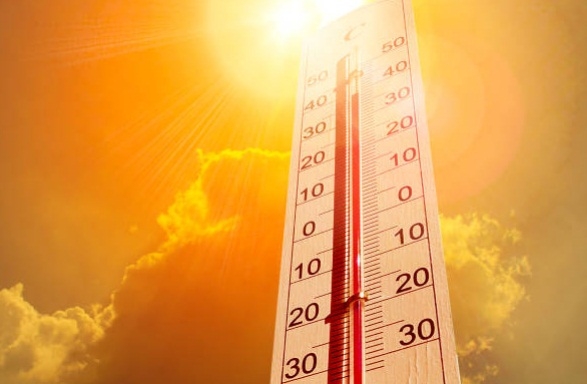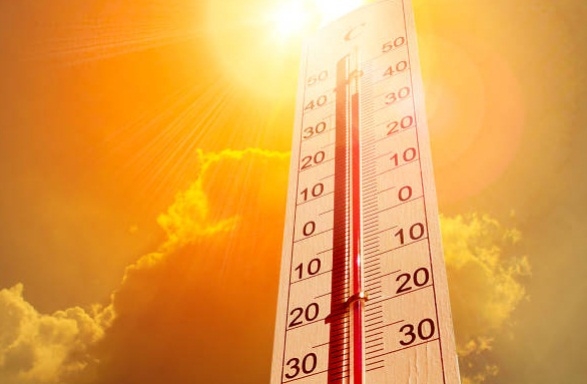Delhi’s peak power demand first hit 8000 MW on May 22, 2024, and has surpassed this mark 8 times since…reports Asian Lite News
The extreme heatwave continues to push Delhi’s power demand northwards. According to the State Load Dispatch Centre data, at 3:22 PM on Tuesday, Delhi’s peak power demand clocked 8,647 MW. It is the highest ever in the history of the national capital.
Delhi’s peak power demand clocked 8000 MW for the first time on May 22, 2024. Since then, Delhi’s peak power demand has crossed the 8000 MW mark on 8 occasions.
Before the records of 2024, Delhi’s previous high of 7695 MW was recorded on June 29, 2022.
Last year, Delhi’s peak power demand was 7438 MW. Tuesday marks the 30th day in a row when Delhi’s peak power demand has crossed the 7000 MW mark. Delhi’s peak power demand never crossed 7000 MW during the month of May 2023 and crossed the 7000 MW mark in May only once in 2022.
It is also important to remember that barring last year, when Delhi’s demand peaked in August, it usually peaks during late June and early July. But the trend has changed this year. The surge in power demand can be attributed to weather conditions that led residents to use more air conditioning and coolers, leading to an increase in electricity consumption.

The Ministry of Power has also undertaken comprehensive measures to meet the highest ever peak national power demand of 250 GW during the ongoing summer season, amidst challenging weather conditions across the country.
According to a Ministry of Power press release, on June 17, 2024, the Northern Region alone recorded its highest peak demand of 89 GW, which was successfully met despite the prevailing heatwave.
The unprecedented demand in the Northern Region, exacerbated by a prolonged heatwave since mid-May, prompted the Ministry to implement a strategic approach to ensure uninterrupted power supply. Notably, the region managed to meet its peak demand by leveraging inter-regional power imports, accounting for 25 to 30 per cent of the total requirement. (ANI)
Power ministry asks utilities to be on alert
Ministry of Power has undertaken comprehensive measures to meet the highest ever peak power demand of 250 GW during the ongoing summer season, amidst challenging weather conditions across the country.
According to Ministry of Power press release, on June 17, 2024, the Northern Region alone recorded its highest peak demand of 89 GW, which was successfully met despite the prevailing heat wave.
The unprecedented demand in the Northern Region, exacerbated by a prolonged heat wave since mid-May, prompted the Ministry to implement a strategic approach to ensure uninterrupted power supply.
Notably, the region managed to meet its peak demand by leveraging inter-regional power imports, accounting for 25 to 30% of the total requirement.
Directives have been issued to Imported Coal Based (ICB) plants to maintain continuous generation support. This measure is to stabilize power availability by utilizing coal resources efficiently.
To enhance power generation capacity during peak demand periods, the Ministry has optimized maintenance schedules for generating units.
Efforts are focused on minimizing forced and partial outages across thermal and hydro power stations to ensure maximum operational uptime.
Hydroelectric stations have been advised to conserve water during peak solar hours and maximize generation during non-solar hours.
This strategic management aims to balance the grid load effectively and sustain power availability throughout the day.
In a bid to augment power supply, gas-based power plants have been directed to provide continuous grid support under Section 11 of the Electricity Act, 2003.
Additionally, approximately 860 MW of additional non-NTPC gas-based capacity has been secured through competitive bidding specifically for the summer season.
The National Thermal Power Corporation (NTPC) has also readied around 5000 MW of its gas-based capacity to meet immediate system requirements.
To optimize surplus power availability, un-requisitioned power from generating stations is being made available through market mechanisms.
Furthermore, states have been encouraged to utilize the PUShP portal to tie up with surplus power capacities available in other regions, ensuring efficient utilization of resources.
Looking ahead, the Ministry of Power remains vigilant as heat wave conditions in North-West India are forecasted to ease from 20th June onwards, potentially alleviating strain on power demand.
However, the strategic measures implemented during this period are expected to strengthen the resilience of India’s power infrastructure against future climatic challenges. (ANI)













